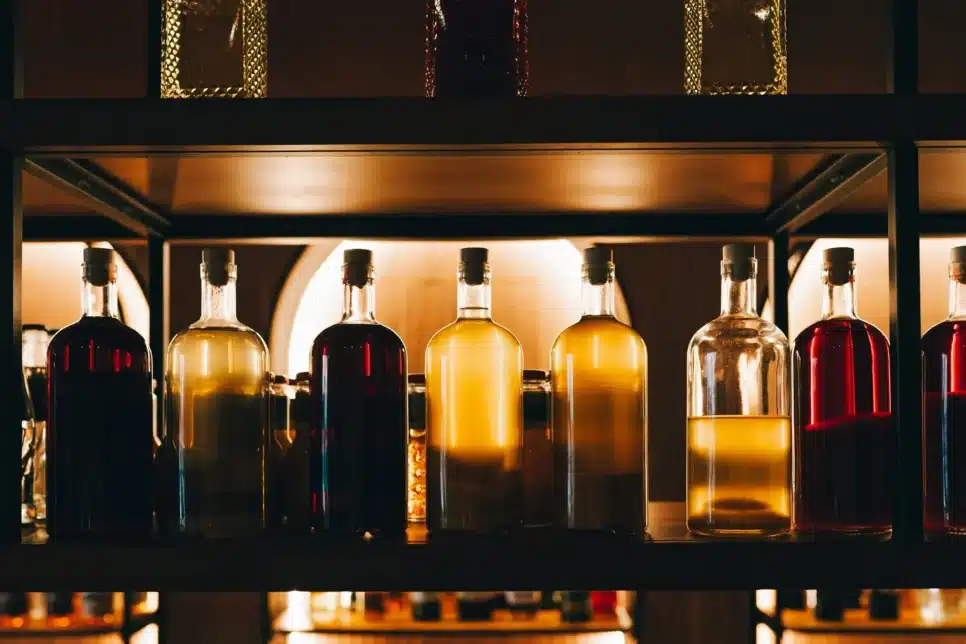Okay, here’s a breakdown of the key information and arguments presented in the provided text, organized for clarity:
CONTINUA DEPOIS DA PUBLICIDADE
1. The Problem: Waste and Recycling Challenges
Significant Waste Generation:
The text highlights a massive amount of waste being produced globally, particularly plastic.
Low Recycling Rates:
Brazil, in particular, has a very low recycling rate (around 1.28% of generated waste). This is significantly below the global average of 9%.
CONTINUA DEPOIS DA PUBLICIDADE
Focus on PET:
A large portion of the discussion centers on the recycling of PET (polyethylene terephthalate) bottles, a common plastic.
2. Solutions & Initiatives
Cooperatives & Collection:
The text emphasizes the role of cooperative recycling initiatives, like the “Vila Lata” cooperative in São Paulo, which collects and processes bottles from major brands (Diageo, Pernod Ricard, Heineken).
CONTINUA DEPOIS DA PUBLICIDADE
LEIA TAMBÉM!
Brand Involvement:
Major beverage companies (Coca-Cola, Nespresso) are increasingly involved in recycling programs.
Glass Recycling Programs:
The “Glass is Good” program, supported by cooperatives, is a key component of the solution.
Government Incentives:
There’s a push for government policies to incentivize recycling, including zero-taxation on recycled materials (IPI zero).
3. Key Players & Organizations
Cooperativas (Cooperatives):
These are central to the recycling process, collecting and processing materials.
Beverage Companies:
Coca-Cola, Nespresso, Diageo, Pernod Ricard, and Heineken are actively involved in recycling programs.
ABr (Associação Brasileira de Reciclagem):
This association plays a role in promoting recycling.
4. Specific Initiatives & Programs
“Glass is Good”:
A program focused on collecting and recycling glass bottles.
Nespresso’s Recycling Efforts:
Nespresso is working to increase its recycling rate (currently at 25%).
Zero-Tax on Recycled Materials (IPI Zero):
A government policy aimed at boosting recycling.
5. Arguments & Themes
Urgency:
The text conveys a sense of urgency regarding the waste problem and the need for immediate action.
Systemic Change:
It’s not just about individual efforts; it requires a shift in the entire system – from production to consumption to recycling.
Collaboration:
Success depends on collaboration between brands, consumers, and government.
In essence, the text paints a picture of a significant waste problem, particularly with plastics, and highlights the potential of cooperative recycling initiatives, brand engagement, and government policies to drive positive change.
Do you want me to:
Summarize a specific aspect of the text in more detail?
Compare and contrast different recycling approaches?
Answer a specific question about the information presented?
